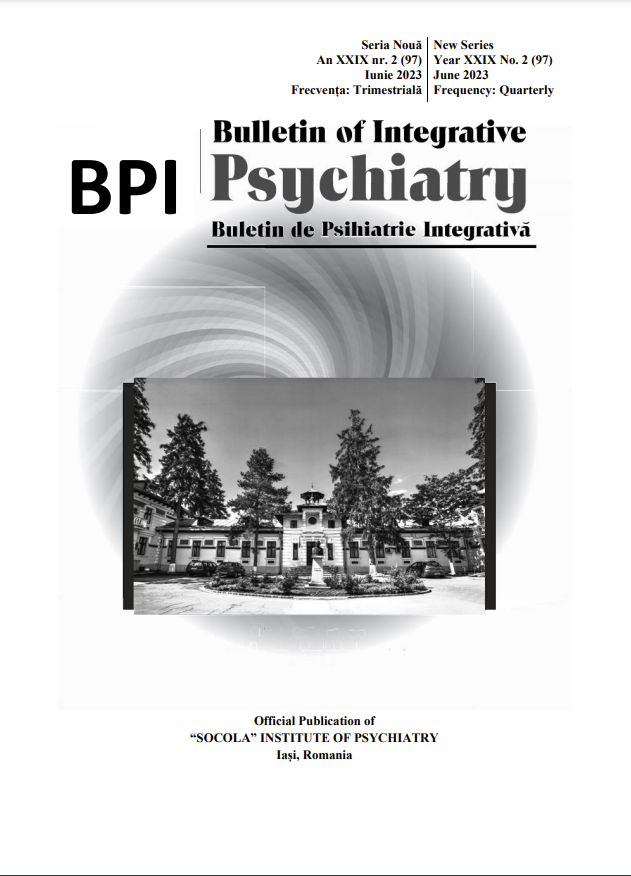Between normal and abnormal
Between normal and abnormal
Author(s): Călin Scripcaru, Diana Bulgaru Iliescu, Mădalina Diac, Silvia Spac, Vlad Teodor Iacob, Andrei ScripcaruSubject(s): Neuropsychology, Clinical psychology
Published by: Editura Sedcom Libris Iasi
Keywords: Human psychic system; consciousness; normality;
Summary/Abstract: In the field of medicine and psychology, the concept of normality is a fundamental notion that plays an important role in the understanding of health and disease. Athanasiu A. emphasizes that normality is the background of the state of health, and it is necessary both in evolution and in congruence with other values that converge towards development and cognition. The specialized literature defines normality in various ways, such as normality as health, statistical normality, utopic normality, and normality as a process. Each definition has its unique characteristics and implications. Normality as health refers to the non-existence of the pathological, making the normal-pathological distinction extremely complicated. Statistical normality, as an average value, removes arbitrariness and enables comparisons with deviations due to disease. Utopic normality establishes an ideal norm ascertaining the element of normality, while normality as a process is a resultant of the subsystems that operate and interact with each other, producing change. In contrast to the state of normality, abnormality is defined as a deviation from the norm and determines the emergence of disease as a discontinuity of normal life. Abnormality occurs in relation to a background disturbance, while disease always involves a processual aspect. Overall, normality and abnormality play a crucial role in understanding health and disease, and their definitions continue to be the subject of debate in the medical and psychological fields.
Journal: Buletin de Psihiatrie Integrativa
- Issue Year: 97/2023
- Issue No: 2
- Page Range: 85-92
- Page Count: 8
- Language: English

